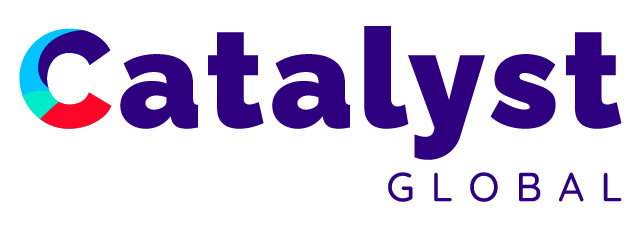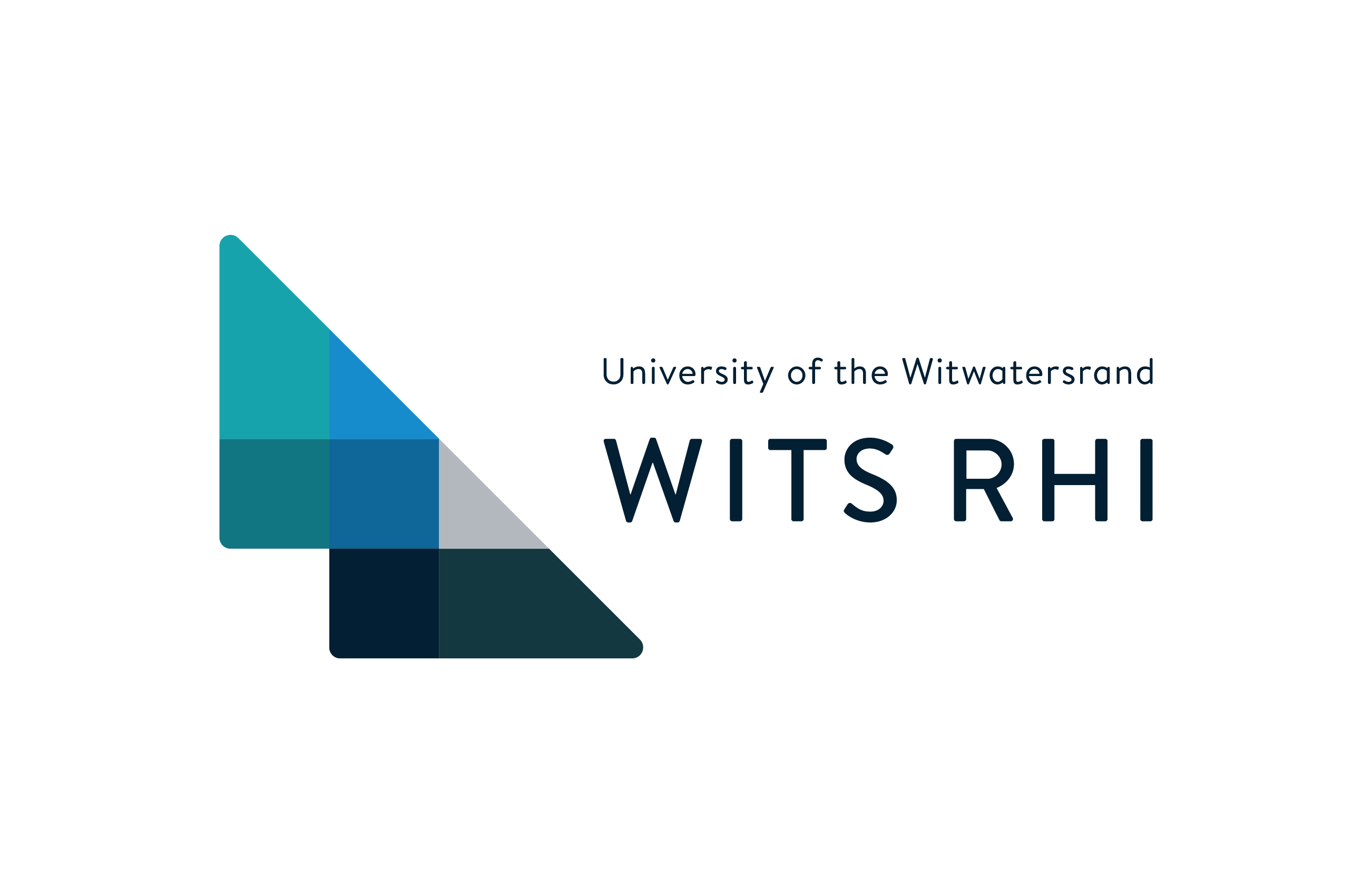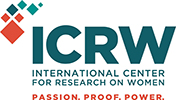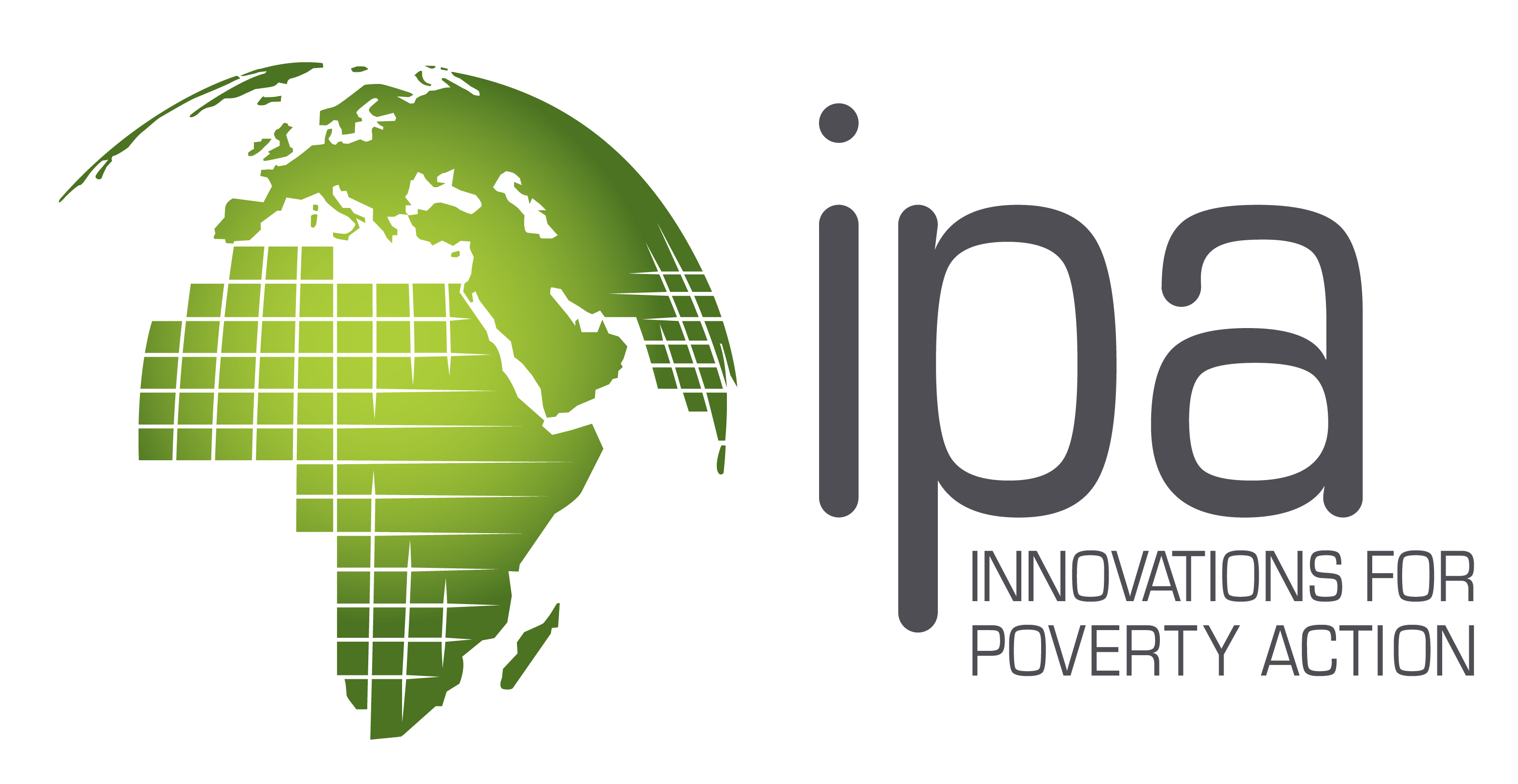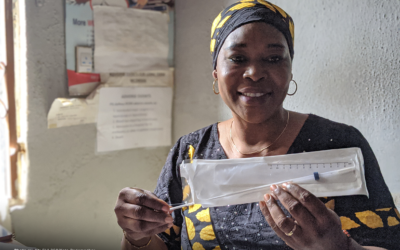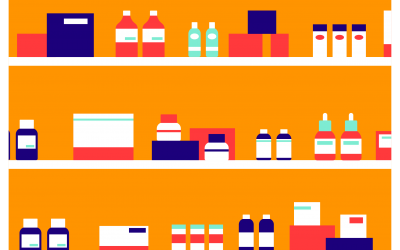Contraceptive product introduction is complex. The Contraceptive Innovation Index, designed to facilitate discussions and decision-making around the introduction and scale up of contraceptive technologies, offers a comprehensive but streamlined way to organize and make sense of information.
Expanding Effective Contraceptive Options (EECO)
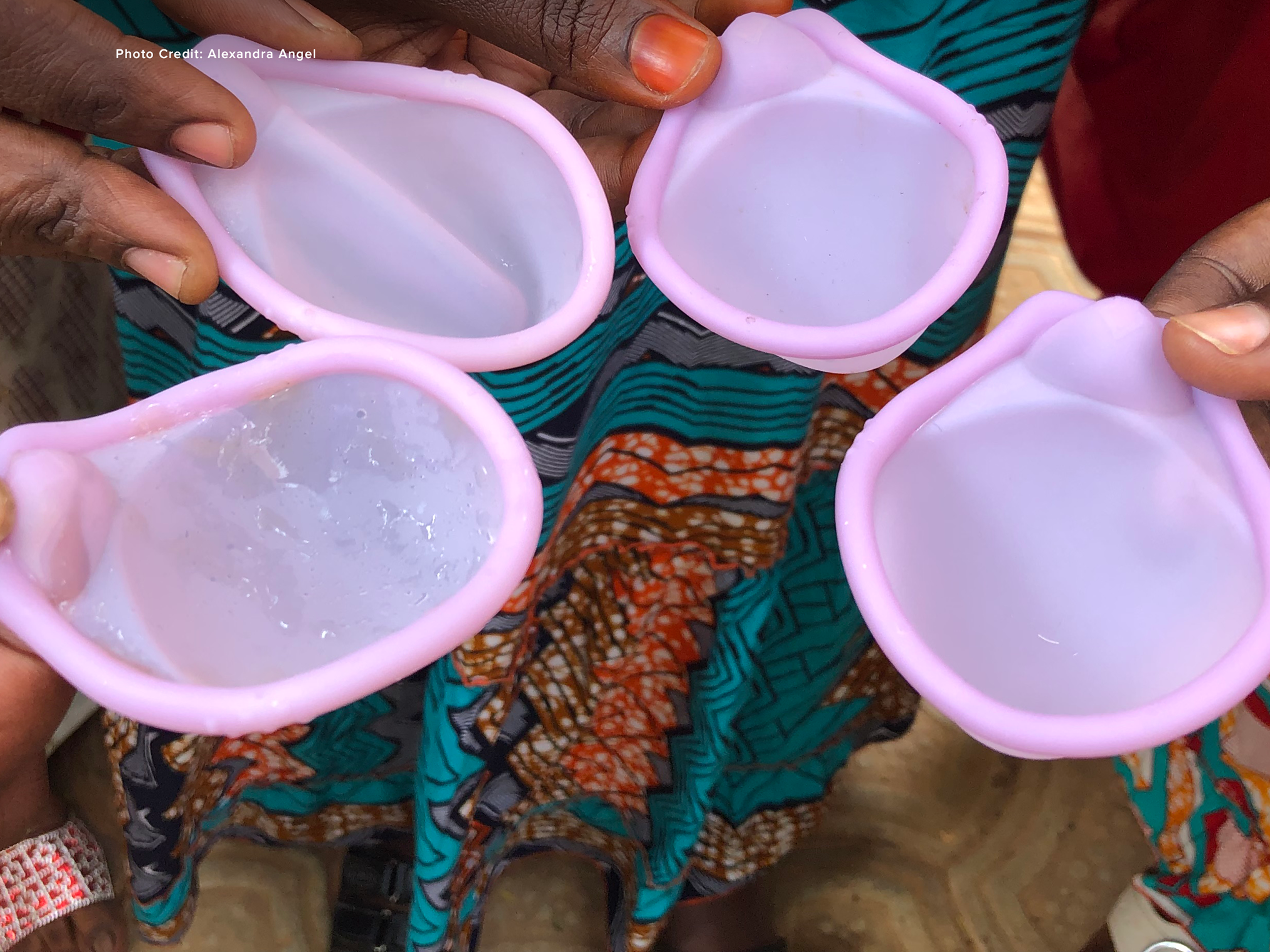
Expanding Effective Contraceptive Options (EECO)
In developing countries, 218 million women want to avoid pregnancy but are using no modern method of family planning (FP). Sub-Saharan Africa has the highest proportion of women with an unmet need for modern contraception in the world.
The EECO project introduces promising contraceptive methods in sub-Saharan Africa and Asia through pilot studies. Based on learning from these pilots, EECO produces roadmaps for introducing and creating demand for new and underused family planning products.
Catalyst Global is proud to lead the EECO team. Our role is to identify and coordinate a skilled team of partners, link upstream product developers and suppliers with downstream marketing and distribution partners; lead regulatory and Quality Assurance efforts; troubleshoot and mitigate supply chain vulnerabilities; and work through both public and private sector channels to bring essential reproductive health commodities to the girls and women who need them.
The EECO portfolio
The Catalyst Global-led consortia has successfully introduced three innovative contraceptive methods in six LMICs, increasing women’s choices for voluntary family planning methods. Examples of products that Catalyst Global and partners have successfully introduced include the Caya® Diaphragm and Caya® Gel in Niger and Benin; the hormonal intrauterine device (IUD) in Zambia and Madagascar; and, the Woman’s Condom in Malawi and Zambia. In collaboration with the Population Council, EECO has also supported the introduction of the progesterone vaginal ring in Nigeria as well as an acceptability study of the Dual Prevention Pill, a multipurpose prevention technology that combines oral pre-exposure prophylaxis (PrEP) and an oral contraceptive, in South Africa.
Each product in the EECO portfolio has important benefits; for example, some are non-hormonal, long-acting, reversible, discreet, and/or can be used on demand. Several products are also self-care methods, which helps overcome barriers such as lack of access to health care providers or provider biases.
Products:
- The Woman’s Condom
- The Caya® Diaphragm and Caya® Gel
- The progesterone vaginal ring
- The levonorgestrel-releasing hormonal intrauterine device (hormonal IUD), including AVIBELA from Medicines360 and an unbranded donated product from the ICA Foundation
- Modern fertility awareness method (mFAM) smartphone apps
- The Dual Prevention Pill (DPP) to prevent both HIV and pregnancy
Countries:
Benin, Madagascar, Malawi, Niger, Nigeria, Philippines, South Africa, Zambia
Project duration:
2013 – 2023
Product Registration Toolkit:
The Product Registration Toolkit is a digital collection of adaptable resources to guide the process of registering health products, like contraceptives, in low- and middle-income countries. Also available in French.
EECO Product Introduction Model
EECO-supported product introduction takes place in five stages, some of which occur concurrently:
STAGE 1
Regulatory Assessment & Product Registration
- Perform regulatory landscape assessment
- Engage stakeholders and meet with regulatory authorities
- Support identification of a suitable market authorization holder
- Prepare the registration package, submit and support its lifecycle upon approval
STAGE 2
Consumer & Market Research
- Plan and conduct market research
- Complete market segmentation analysis
- Determine pricing and branding strategies
STAGE 3
Procurement & Quality Assurance
- Perform manufacturer audits
- Initiate pre-shipment inspection and testing of product
- Develop and initiate pharmacovigilance systems
STAGE 4
Marketing, Distribution & Service Delivery
- Launch product, with marketing and communications support
- Supply stock to commercial outlets and providers
- Deploy medical detailers to train and follow-up with providers
STAGE 5
Monitoring & Learning
- Monitor and course-correct
- Conduct baseline and endline evaluations
- Disseminate lessons learned
“I hated taking pills! They just weren’t for me. I was always forgetting to take them when my husband was away, and on top of that, they made me nauseated. I eventually gave up on the pill, and during that time my husband and I used the withdrawal method.
We knew there were other options, but none of them seemed right. One day, a health worker came to our house. She told me about lots of different contraceptive methods, but the one that I thought was most interesting was the Caya® Diaphragm. It was the first time I had heard about this method.
She showed me how it worked and how to use it. I started using it right away. My husband and I both really like this method. I’ve also told some of my friends about how you only have to use it when you have sex, and some of them are very interested. I’m really glad to have found a method that works for me.”
Caya® Diaphragm user, Niger
Key results

More than 137,000 Woman’s Condoms were distributed through pilot introductions in Zambia and Malawi. Female condoms are the only available contraceptive method that is woman-initiated and that offers triple protection against HIV, STIs, and pregnancy.
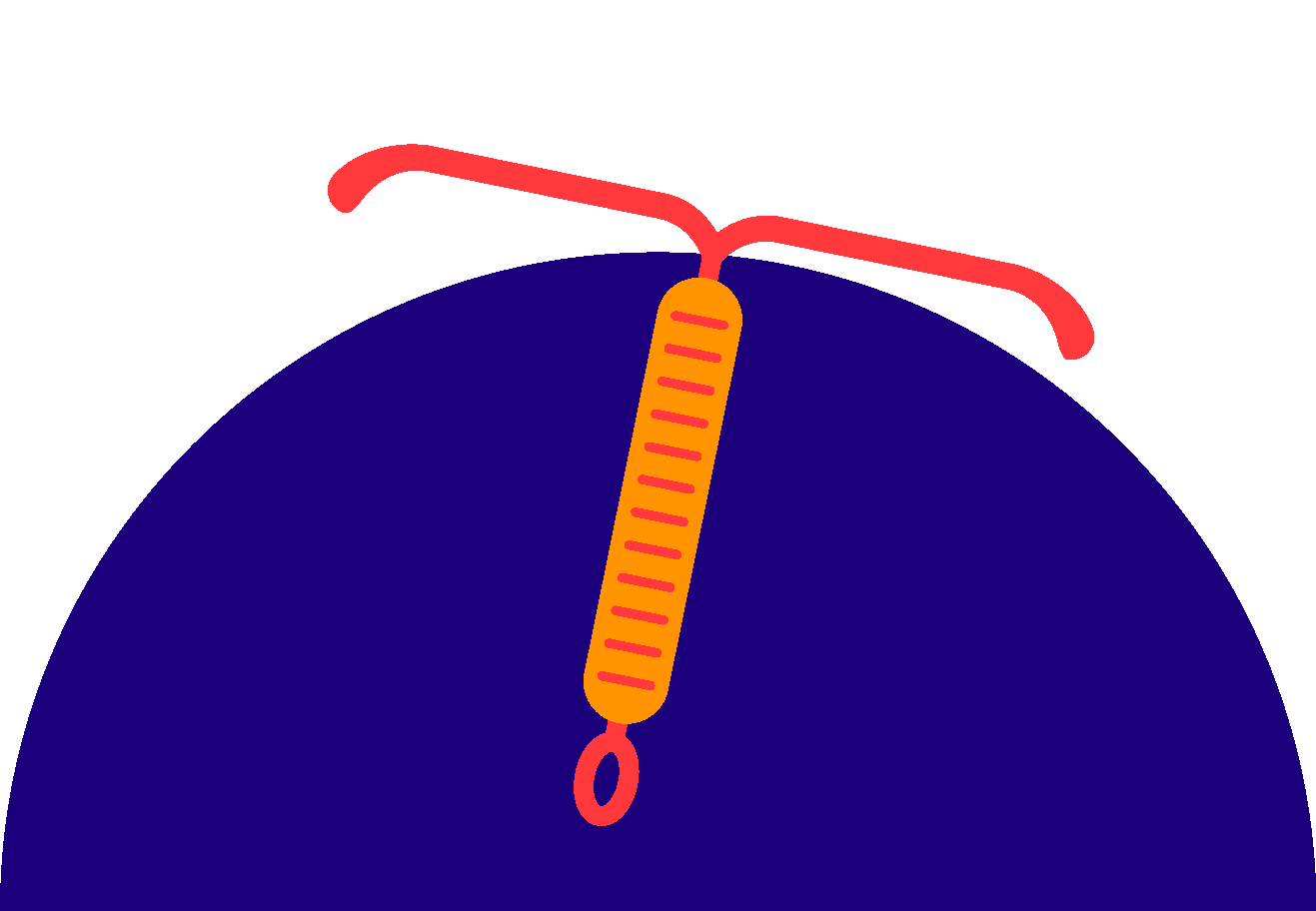
Between 2017-2021, more than 4,800 women chose the hormonal IUD as their method of contraception in Zambia and Madagascar. In both countries, the probability of continuation of the method at 12 months remained high (over 80%).

In Niger and Benin, the launch of the Caya® Diaphragm and Caya® Gel provides women with the option of a self-care method that can be obtained either from a provider or a community health worker. Since the start of the pilots, more than 2,400 women have opted for the method.
Project Resources
Woman’s Condom
Case Studies/Reports
- Understanding the Social and Cultural Context of Gender Dynamics, Sexual Relationships and Method Choice: Impact on Family Planning Use in Malawi and Zambia (2016).
- Expanding Effective Contraceptive Options in Malawi to Include the Woman’s Condom: Understanding the Provider (2018). Understanding the provider
- Expanding Effective Contraceptive Options in Zambia and Malawi: Understanding the Consumer (Nov 2018). Understanding the Consumer
- Lessons Learned from the Woman’s Condom Introduction in Zambia and Malawi (2018). Expanding Effective Contraceptive Options Zambia and Malawi
- Assessing the Total Market for Female Condoms in Malawi and Zambia (2018).
Blogs
- A Fresh Start to Female Condom Marketing (March 2018). https://www.psi.org/2018/03/fresh-start-female-condom-marketing/
- How to interest providers and retailers in female condoms (Jan 2019). https://www.psi.org/2019/01/how-to-interest-providers-and-retailers-in-female-condoms/
- Why Aren’t Female Condom Markets Working? (Feb 2019). https://www.psi.org/2019/02/why-arent-female-condom-markets-working/
Peer-Reviewed Literature
- Impact of communication strategies to increase knowledge, acceptability, and uptake of a new Woman’s Condom in urban Lusaka, Zambia: study protocol for a randomized controlled trial. https://trialsjournal.biomedcentral.com/articles/10.1186/s13063-016-1681-x
- Opportunities and challenges for the introduction of a new female condom among young adults in urban Zambia. https://www.ncbi.nlm.nih.gov/pmc/articles/PMC6891955/
- Why don’t urban youth in Zambia use condoms? The influence of gender and marriage on non-use of male condoms among young adults. https://pubmed.ncbi.nlm.nih.gov/28333963/
- Exploring Gender and Partner Communication: Theory of Planned Behavior Predictors for Condom Use among Young, Urban Adults in Zambia in International Journal of Gynecology & Obstetrics (August 2019). https://obgyn.onlinelibrary.wiley.com/doi/abs/10.1002/ijgo.12952
- The evaluation of the Woman’s Condom marketing approach: What value did peer-led interpersonal communication add to the promotion of a new female condom in urban Lusaka? in PLoS One (December 2019). https://journals.plos.org/plosone/article?id=10.1371/journal.pone.022583
Hormonal IUD
Case Studies/Reports
- Expanding Effective Contraceptive Options: Lessons Learned from the Introduction of the Levonorgestrel Intrauterine System (LNG-IUS) in Zambia and Madagascar (English, April 2019). EECO-LNG-IUS-Case-Study
- Expanding Effective Contraceptive Options: Lessons Learned from the Introduction of the Levonorgestrel Intrauterine System (LNG-IUS) in Zambia and Madagascar (French, April 2019). EECO-LNG-IUS-Program-Brief_French
Blogs
- Why the new AVIBELA IUS is more than just contraception (May 2018). https://www.psi.org/2018/05/why-the-new-avibelatm-ius-is-more-than-just-contraception/
- Finding her contraceptive match (July 2019). https://www.psi.org/2019/07/finding-her-contraceptive-match/
Peer-Reviewed Literature
- A Global Learning Agenda for the Levonorgestrel Intrauterine System (LNG IUS): Addressing Challenges and Opportunities to Increase Access. https://www.ncbi.nlm.nih.gov/pmc/articles/PMC6370355/
- Introducing the Hormonal Intrauterine Device in Madagascar, Nigeria, and Zambia: Results from a Pilot Study https://reproductive-health-journal.biomedcentral.com/articles/10.1186/s12978-021-01300-x
Caya® Diaphragm
Case Studies/Reports
-
Expanding Effective Contraceptive Options: Introducing the Caya® Diaphragm in Niger (English, June 2020). EECO-Caya-Intro-in-Niger_June-2020
-
Expanding Effective Contraceptive Options: Introducing the Caya® Diaphragm in Niger (French, June 2020). EECO-Caya-Intro-in-Niger_June-2020_French-1
-
Introducing the Caya Diaphragm in Francophone West Africa (Nov 2022) | English | French
Blogs
-
Will diaphragms make a comeback? (July 2019). https://www.psi.org/2019/07/will-diaphragms-make-a-comeback/
-
How a new self-care product in Niger is meeting women’s unique needs during COVID-19 (August 2020). https://www.psi.org/2020/08/how-a-new-self-care-product-in-niger-is-meeting-womens-unique-needs-during-covid-19/
-
The Appeal and Potential of On-Demand Contraceptive Options (December 2021) https://www.psi.org/2021/12/the-appeal-and-potential-of-on-demand-contraceptive-options/
-
Making diaphragms cool again: Bringing an old method to a new audience (Jul 2022). https://www.psi.org/project/self-care/making-diaphragms-cool-again-bringing-an-old-method-to-a-new-audience/
Peer-Reviewed Literature
- A New Contraceptive Diaphragm in Niamey, Niger: A Mixed Methods Study on Acceptability, Use, and Programmatic Considerations. https://www.ghspjournal.org/content/early/2022/02/17/GHSP-D-21-00532
Webinars
- EECO Brown Bag: Caya Diaphragm Use in Francophone West Africa (Mar 2022)
-
EECO Brown Bag: Pilot Introduction of the Caya Diaphragm in Benin
EECO Regulatory Work
Reports
- Introducing New Contraceptive Options: Product Registration Basics for Global Health Program Managers (English, Mar 2019)
English: EECO-Regulatory-Guide
French: https://documentcloud.adobe.com/link/track?uri=urn:aaid:scds:US:44e2b310-1d09-499e-9576-f3eabf4354b9
Portuguese: https://documentcloud.adobe.com/link/track?uri=urn:aaid:scds:US:d1f28fe6-111b-421c-b09d-e3292b069c35
Spanish: https://documentcloud.adobe.com/link/track?uri=urn:aaid:scds:US:0a5e34ff-ae62-4105-95fa-17795d8acfcd
Blogs
-
Product Registration: Pro Tips for Program Managers (May 2019). https://www.psi.org/2019/05/product-registration-pro-tips-for-program-managers/
-
Overwhelmed with health product registration? We’re here to help! (Jul 2022). https://catalystglobal.org/2022/07/25/overwhelmed-with-health-product-registration-were-here-to-help/
Peer-Reviewed Literature
-
African Medicines Regulatory Harmonization in Regulatory Rapporteur (Nov 2017). https://pdf.usaid.gov/pdf_docs/PA00TPBN.pdf
-
‘Donation of Contraceptive Products through Special Import Permits: A Case Study in Zambia and Nigeria’ in International Journal of Drug Regulatory Affairs (Dec 2020). http://www.ijdra.com/index.php/journal/article/view/437
-
‘Contraceptive product registration: regional harmonisation through the East African Community mechanism’ in Regulatory Rapporteur (Jun 2023). https://www.regulatoryrapporteur.org/contraceptive-product-registration-regional-harmonisation-through-the-east-african-community-mechanism/246.article?adredir=1
Contraceptive Fertility Tracking Apps
Reports
-
Modeling the Market Size for a Contraceptive Fertility Tracking App in the Philippines. (August 2023).
Webinars
- EECO Brown Bag: Results from mFAM Research in the Philippines (May 2023)
Dual Prevention Pill
Peer-Reviewed Literature
-
Equipping Providers to Offer Novel MPTs: Developing Counseling Messages for the Dual Prevention Pill in Clinical Studies and Beyond (May 2023). https://doi.org/10.3389/frph.2023.1155948
Other (non product-specific)
Case Studies/Reports
- Contraceptive Innovation Index (Oct 2022)
Blogs
- Revamped and Revitalized: New Twists on Existing Contraceptives (Apr 2021). https://www.psi.org/2021/04/revamped-and-revitalized-new-twists-on-existing-contraceptives/
- Introducing 20 Essential Resources: Contraceptive Product Introduction (Sept 2021). https://knowledgesuccess.org/2021/09/23/introducing-20-essential-resources-contraceptive-product-introduction/
- 20 Essential Resources: Contraceptive Product Introduction (Sept 2021). https://view.ceros.com/johns-hopkins-ccp/20-essential-resources-contraceptive-product-introduction/p/1
Peer-Reviewed Literature
- Barriers and Enablers Influencing Women’s Adoption and Continuation of Vaginally Inserted Contraceptive Methods: A Literature Review (Aug 2022). https://doi.org/10.1111/sifp.12209
- Demand Forecasting Approaches for New Contraceptive Technologies: A Landscape Review and Recommendations for Alignment (Feb 2023). https://doi.org/10.9745/GHSP-D-22-00334
Webinars
- EECO Brown Bag: Demand Forecasting Approaches for New Contraceptive Technologies (Sept 2022)
- EECO Brown Bag: Learnings from a Literature Review on Vaginally Inserted Contraceptive Methods (Oct 2022)
- EECO Brown Bag: Contraceptive Innovation Index (Jan 2023) | See Slides
-
EECO Brown Bag: Prévision de la Demande (April 2023)
Related posts
Overwhelmed with health product registration? We’re here to help!
Regulatory requirements for product registration can be overwhelming. They’re complex, vary by country, and frequently change. We know they’re important (safe medicines, yes!), but what does it actually take to get a product from the manufacturing plant onto the shelves in your local pharmacy? Let’s take a look together.
EECO Product Registration Toolkit
The Product Registration Toolkit is a digital collection of adaptable resources to guide the process of registering health products, like contraceptives, in low- and middle-income countries.
